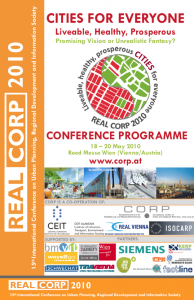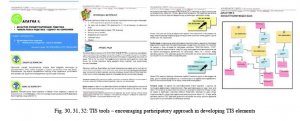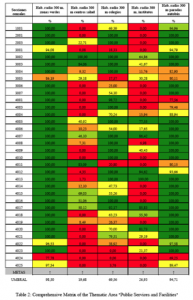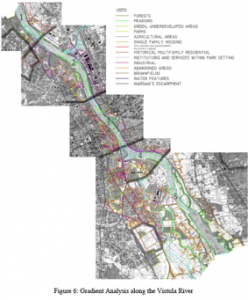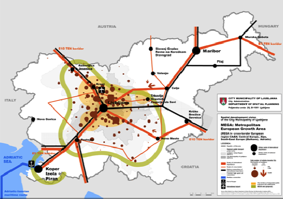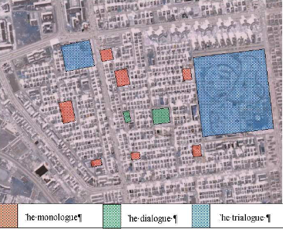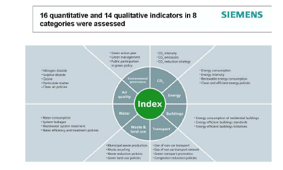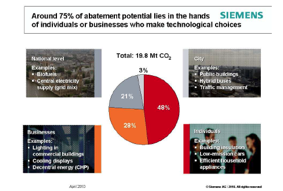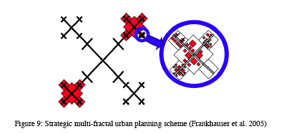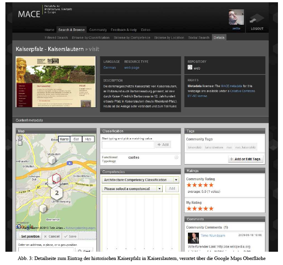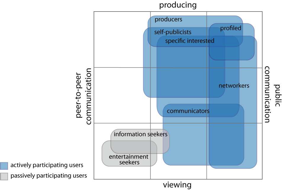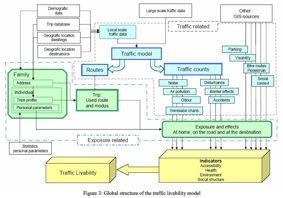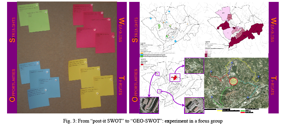Open Cities 21 Cities for Everyone
The premise here is that ‘cities for everyone’ are by definition ‘open cities’. Was this corroborated by the CORP conference 2010 in Vienna last May which asked whether liveable, healthy and prosperous cities were a promising vision or an unrealistic fantasy?
CORP Knowledge Creation and Sharing
CORP, the Competence Centre of Urban and Regional Planning www.corp.at has been running international annual conferences on urban planning, regional development and information society for thirteen years. Originating at the Technical University of Vienna they have been growing into one of the international highlights of the research calendar on cities, supported by the European Union, Isocarp – the International Society of City and Regional Planners, and usually the City of Vienna, as well as other local authorities, research institutions, such as CEIT, Central European Institute of Technology, www.ceit.at development corporations and private companies; Siemens and REAL Vienna were among them this year.
The purpose of the CORP conferences is to enhance the dialogue between experts of the real estate business, urban planning and the Information and Communication Technology (ICT) industry. They facilitate interdisciplinary debates, attended by several hundred participants, on academic and practical contributions on urban development and information technology as an analytical tool for understanding and managing cities. Keynote speakers of international repute introduced the workshops. Exhibitions, technical demonstrations, living labs and study tours added a concrete flavour to these conferences.
Spot Illustrations
Here are a few examples of tools and technologies for strategic urban development to illustrate the cross fertilisation between research and practice.
In Serbia including the fragmented region of Kosovo, a team of researchers has developed a method which local authorities are gradually taking up to pool information, share experiences and devise practical instruments for a better management of their scarce material and intellectual resources.
In Cuenca in Spain, a reality check by researchers uncovered that the citizens were unaware of their assumed involvement in local Agenda 21, a UN environmental initiative. This process of verification led to a very easily understandable tool, a multidimensional matrix which shows in which place action for what purpose is most urgent, within which timeframe and at what cost. An intuitive tool was devised to understand the unique characteristics of city areas in Warsaw. At city level, strategies for sustainable growth were devised to preserve Ljubljana’s openness. Various public private partnership solutions were explored to improve Cairo’s wanting public realm at local level.
Siemens presented its comprehensive applied research programme on green technologies, ranging from the scale of buildings to whole cities. Besides technology, much of it focused on the role of human behaviour in mitigating adverse effects of climate change, which depends on cohesion more readily available in open cities.
Many presentations went beyond traditional abstract analysis, drawing on the senses and how the built environment is experienced to detect its opportunities as well as its barriers. Besides classical techno-models – comparable to the efforts of the British Council to provide a benchmarking system consisting of a family of indices to measure ‘openness’ of cities – the general trend was a departure from narrow quantitative indicators towards a dynamic, interdependent variables open to experimentation and adjustment.
CORP and Openness
The over 200 studies presented at CORP 2010 are a contribution to intellectual openness towards city use, development and management. Most of the tools evolved as living labs, in cooperation with those concerned, local citizens, businesses, activists. Tools to analyse and monitor the sustainable performance of urban areas were equated with necessary governance conditions to improve the chances of reaching consensus and implementing solutions.
CORP provides an interactive platform for young academics and professionals to test their ideas on experienced practitioners and researchers who share their knowledge and contribute to a continuous learning process. CORP applies openness deliberately to itself. All the papers – most of them peer reviewed – are freely available on the CORP website or on CD (www.corp.at).
CORP has grown into a strong international community, networking and undertaking cooperative projects and research. The wealth of information from all continents which is converging at CORP conferences and gets disseminated through its networks provides a solid base to challenge assumptions, not least about city openness, how to capture it and, most importantly, how it can be enhanced.

